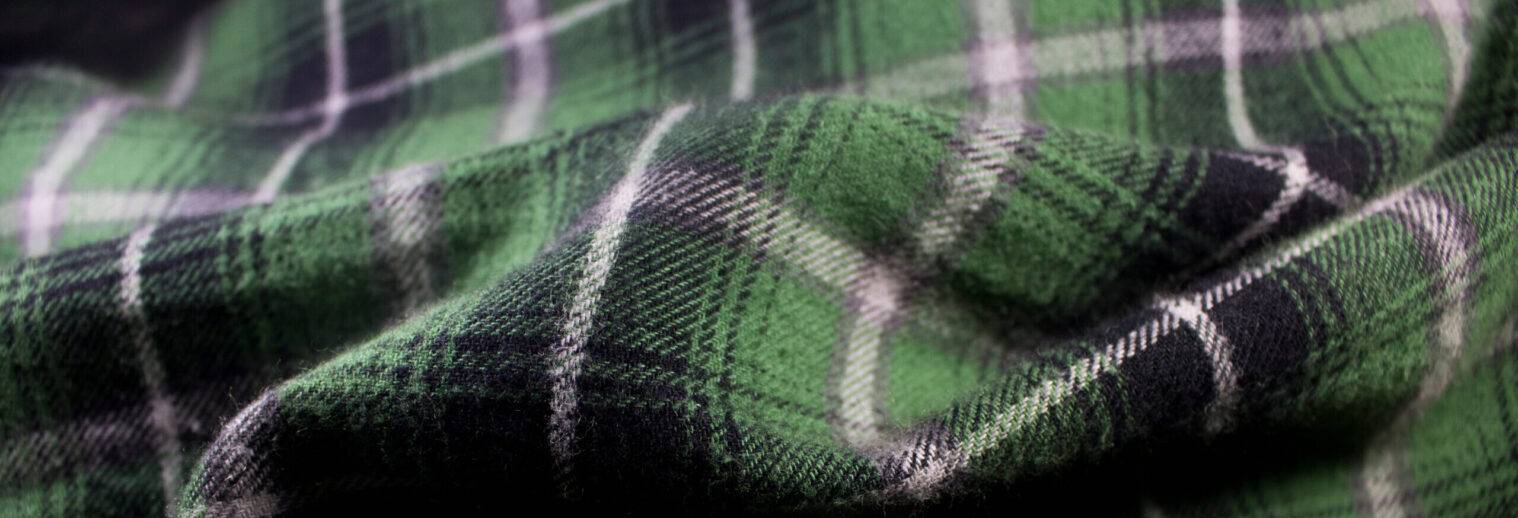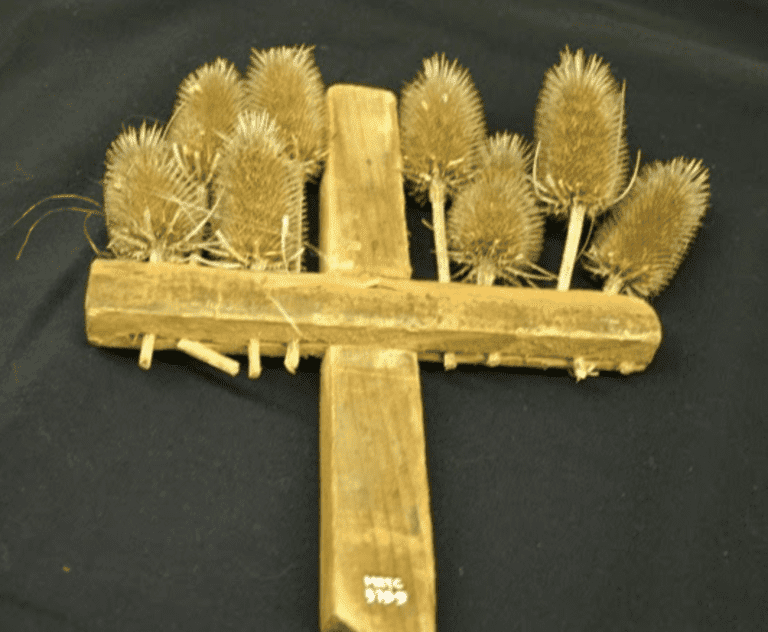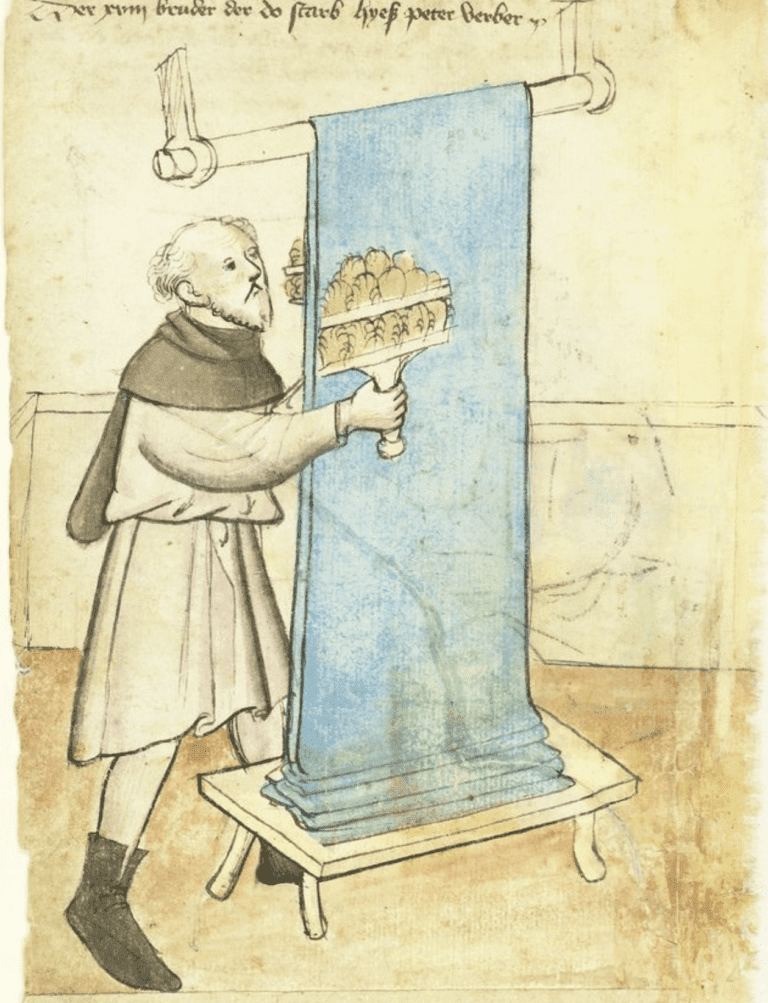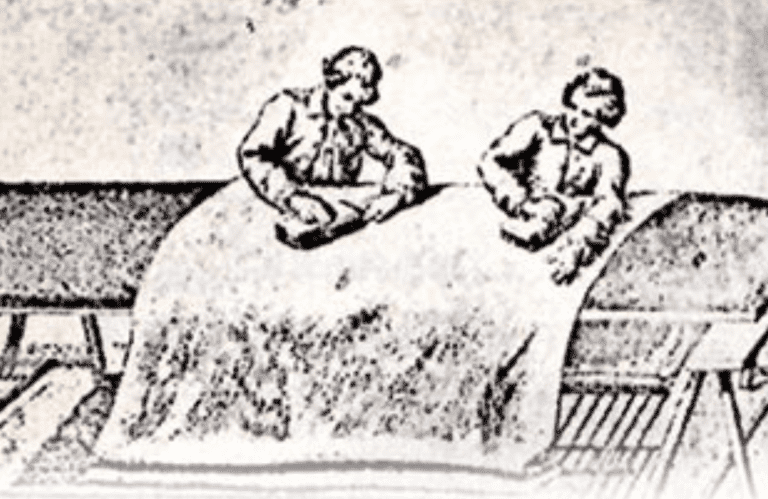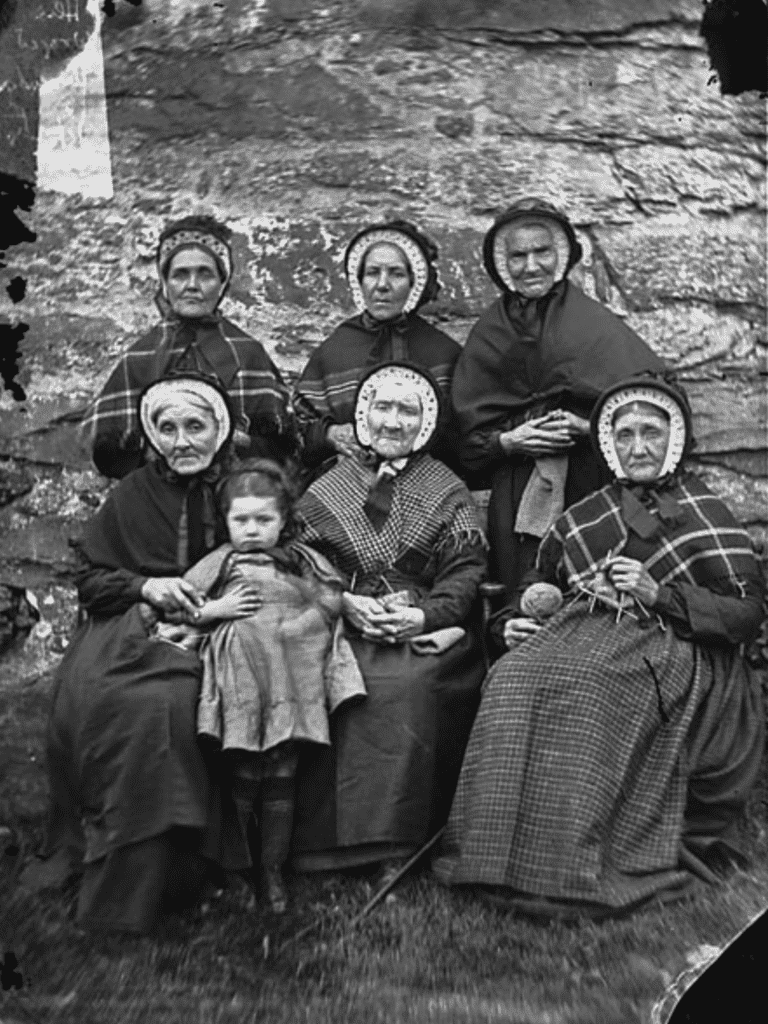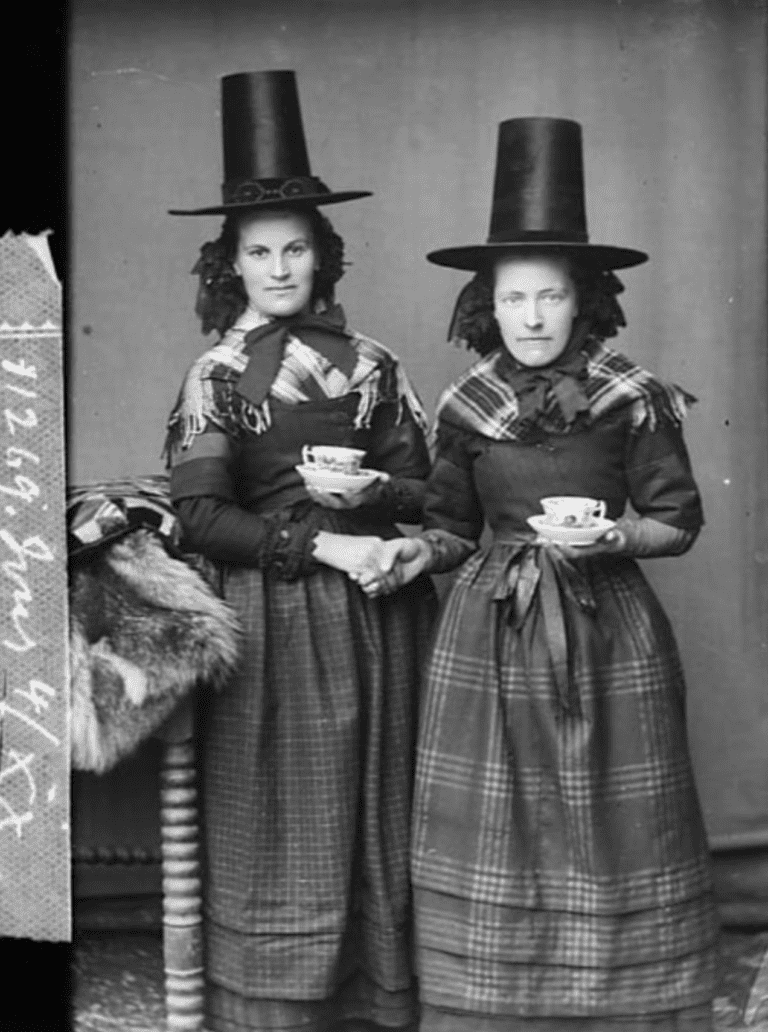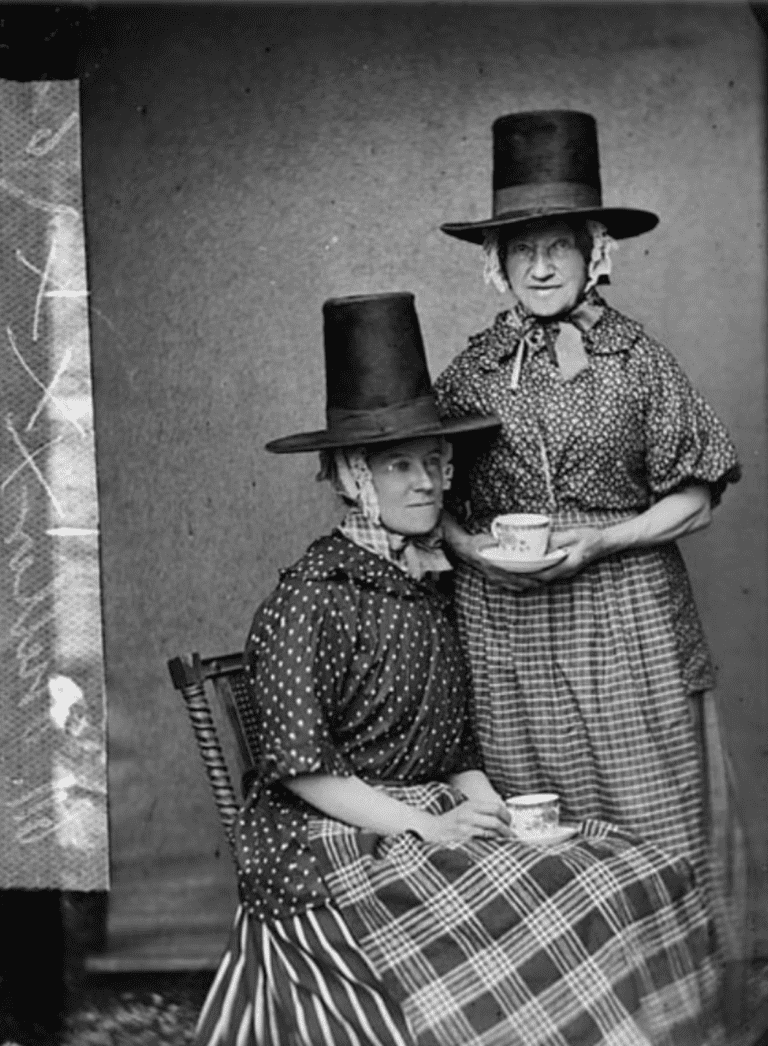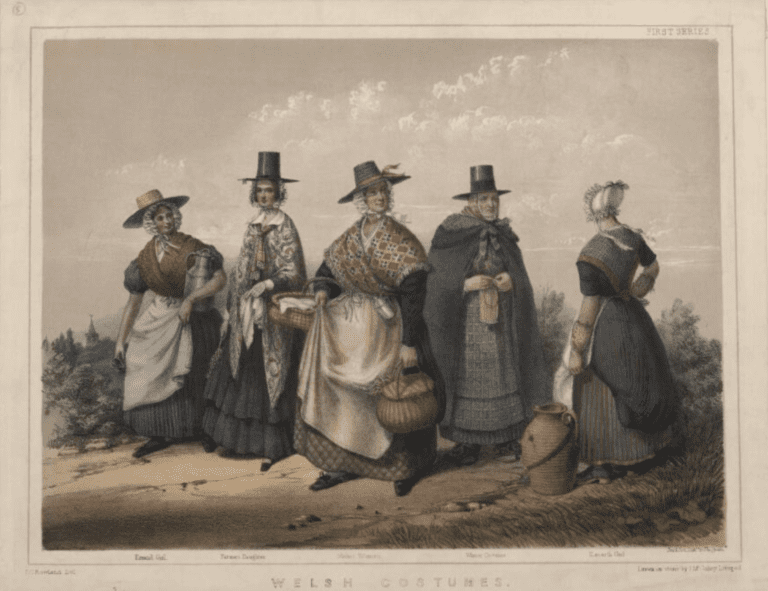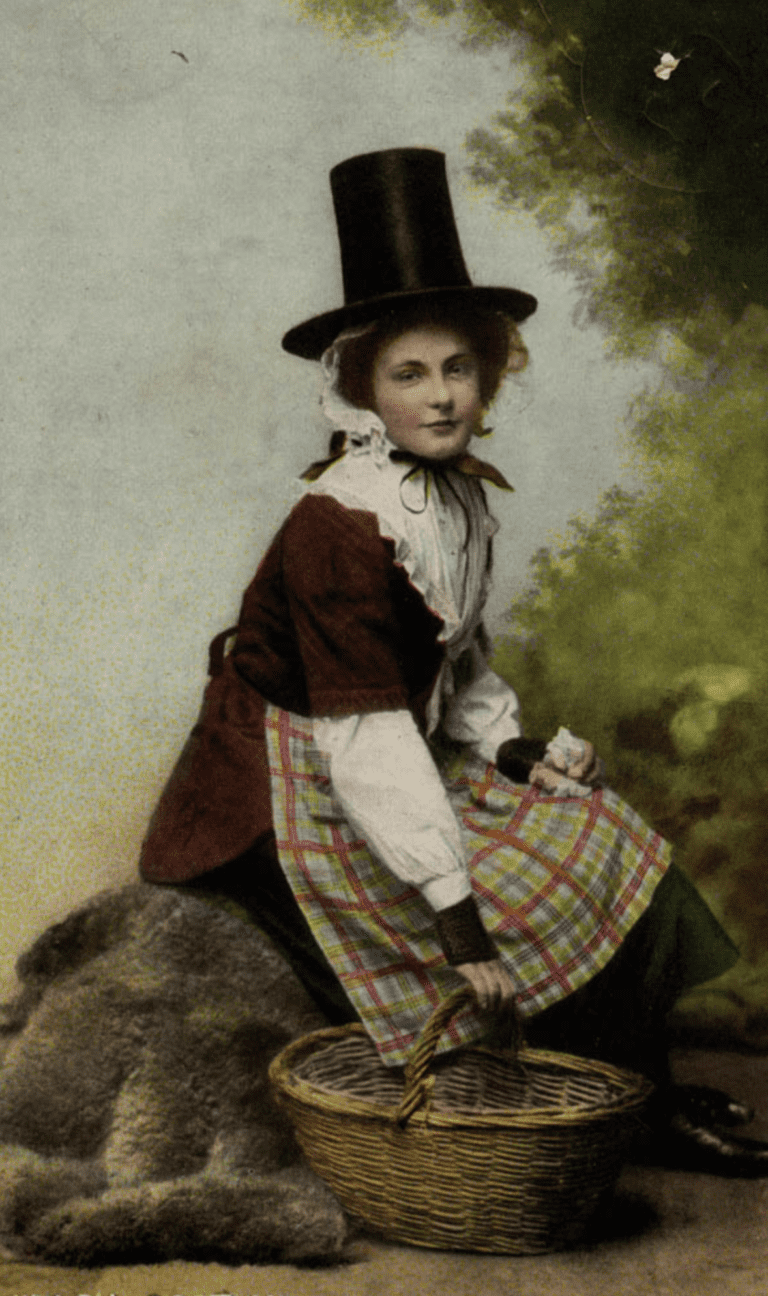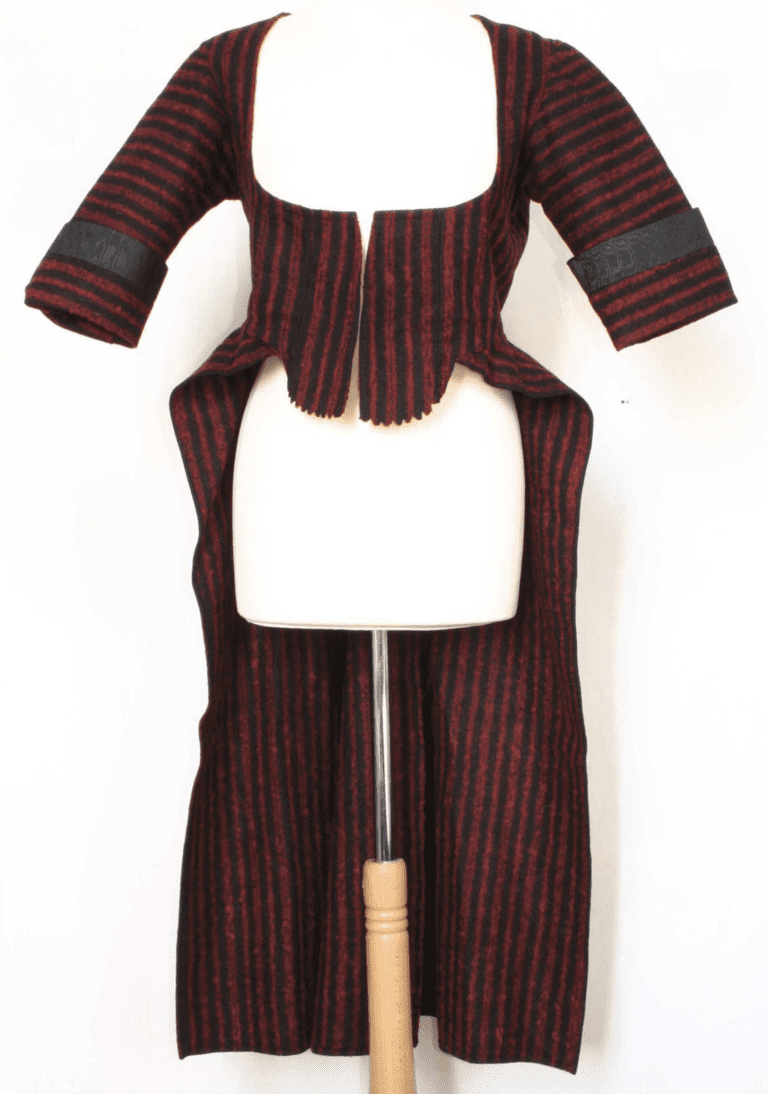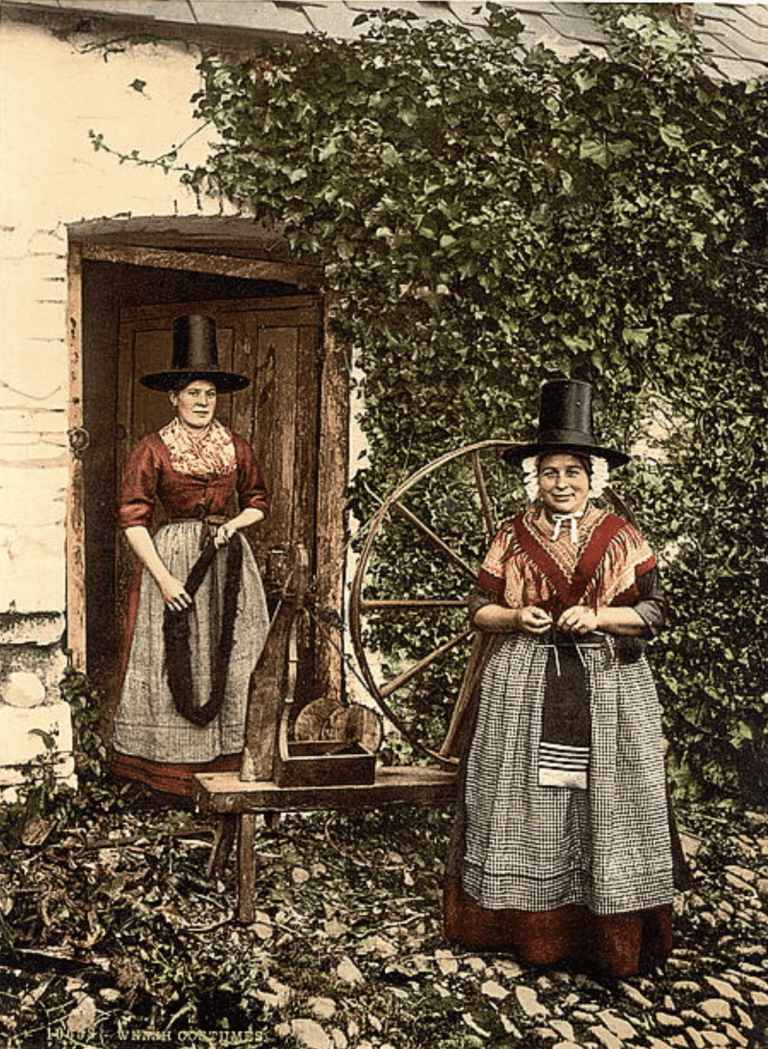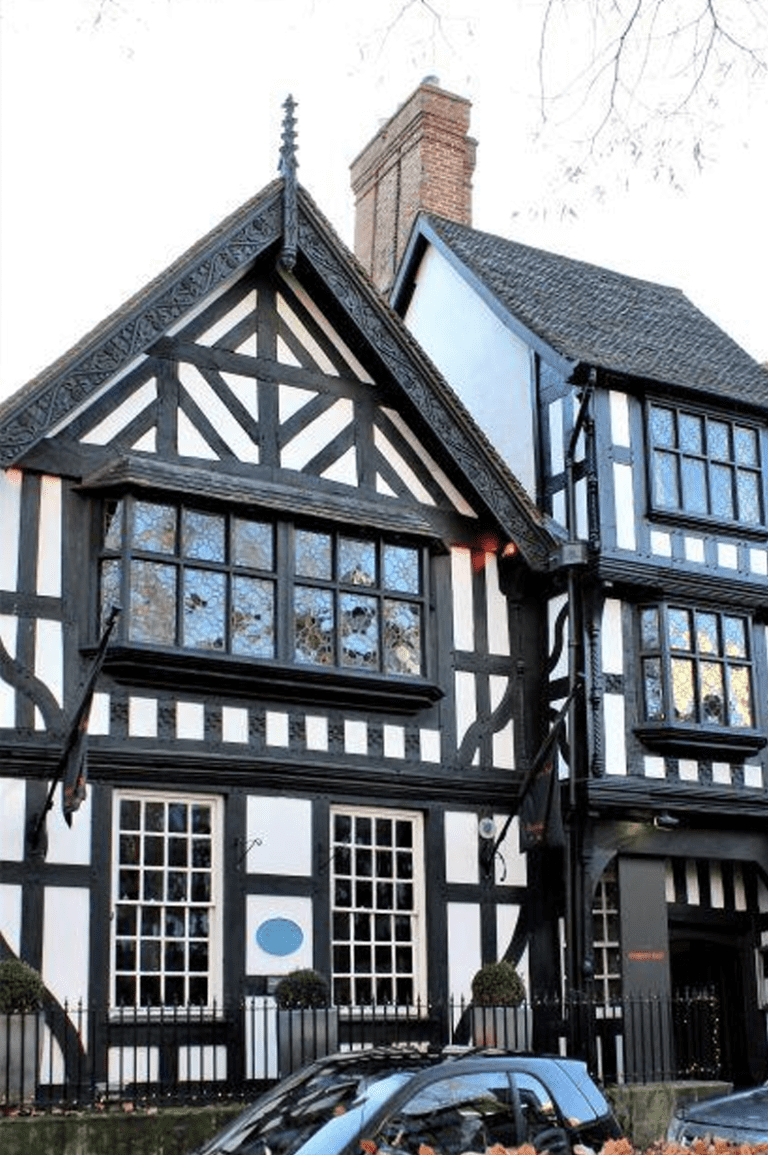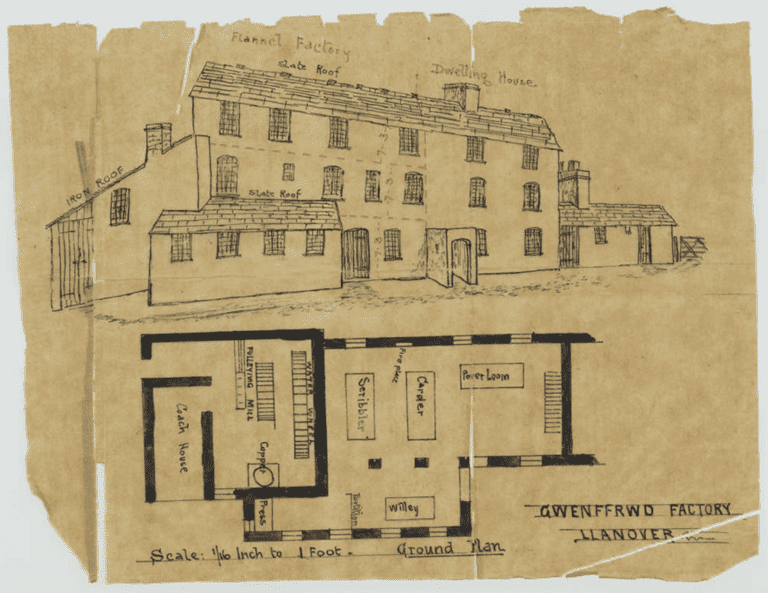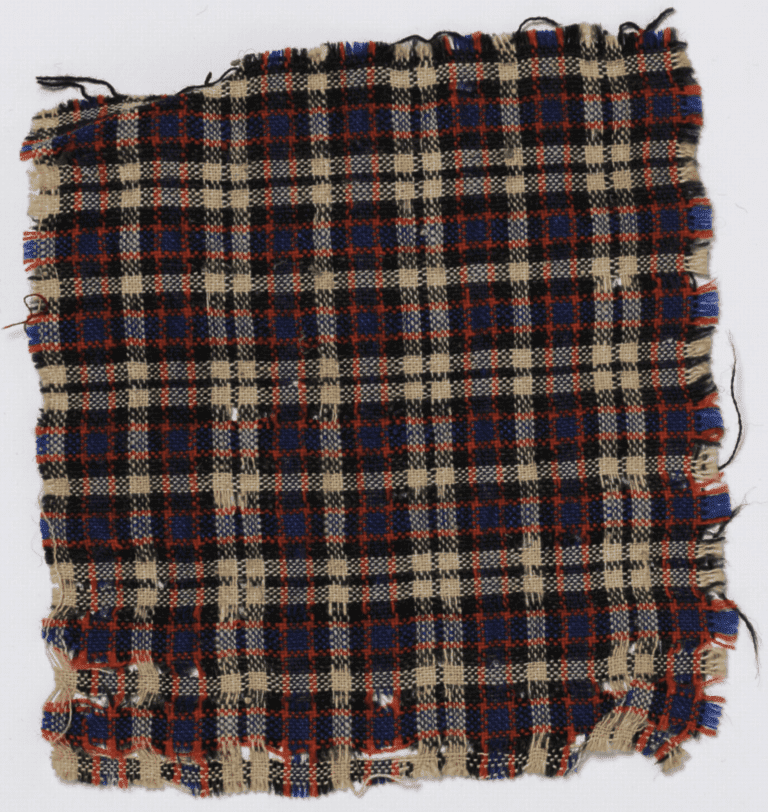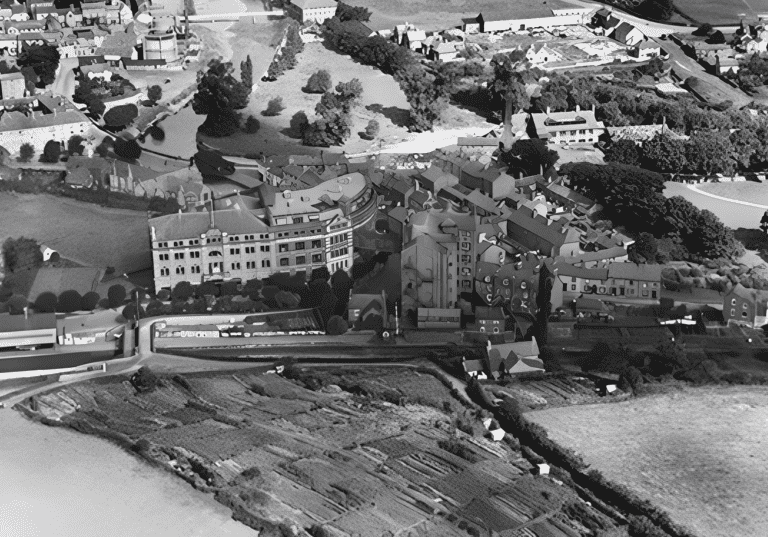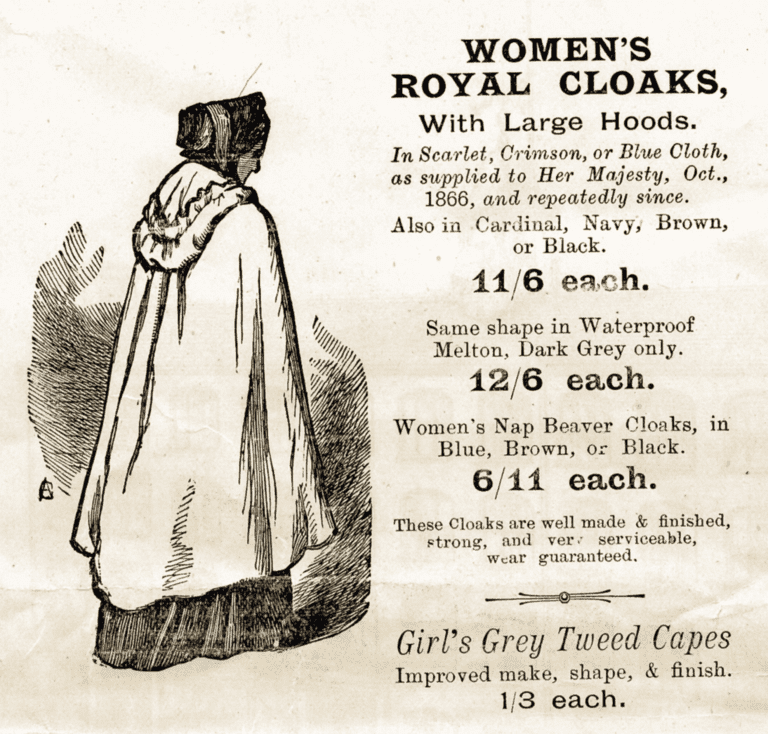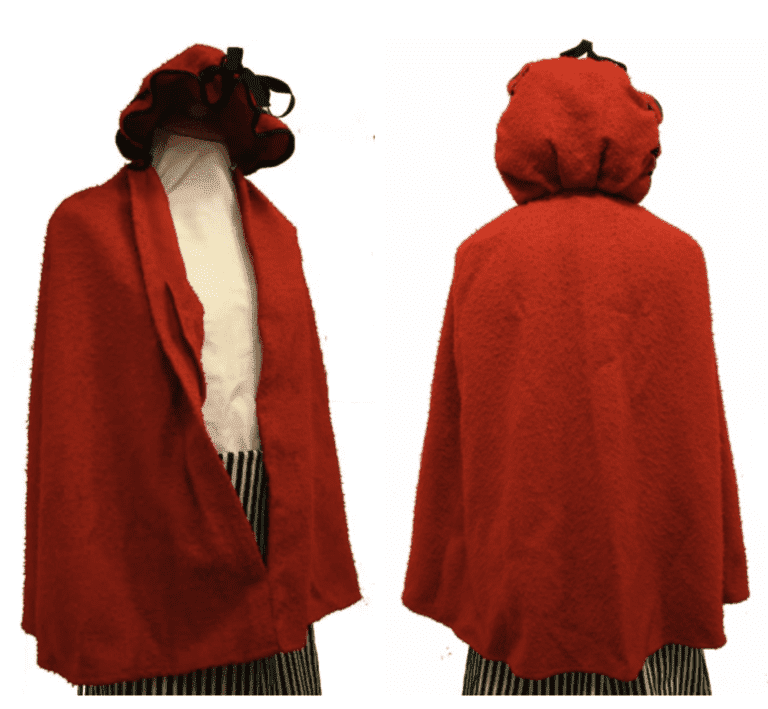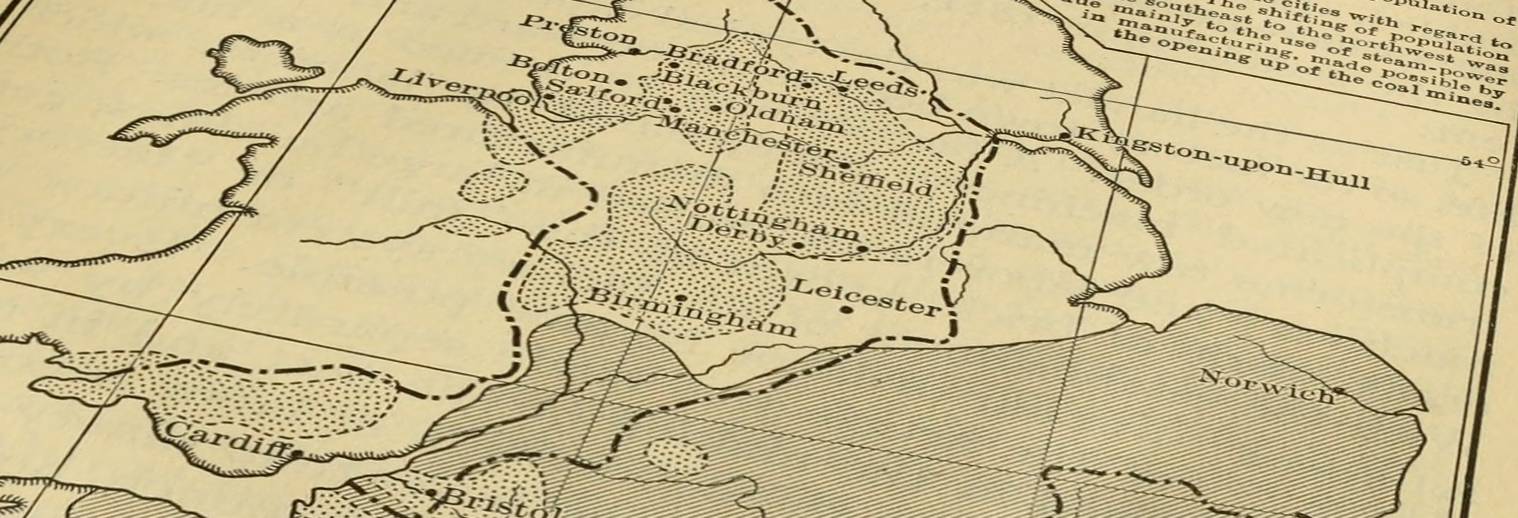PRYCE JONES / ROYAL WELSH WAREHOUSE
Sir Pryce Pryce-Jones, born on October 16, 1834, and passing on January 11, 1920, stands as a remarkable figure in the annals of entrepreneurship. Hailing from Wales, he etched his name in history by pioneering the concept of mail order business, a visionary move that would reshape the landscape of commerce. It was under his astute guidance that the first-ever mail order catalogues came into existence in 1861, initially showcasing an array of quality woollen goods. This innovation was a game-changer, as for the first time, individuals could make purchases through the mail, with the added convenience of having their chosen products delivered via the burgeoning railway system. Sir Pryce Pryce-Jones’ influence on commerce and retail goes far beyond the pages of history. His indelible mark on the world of business earned him the accolade of being heralded as “The mail order pioneer who started a billion-pound industry” by the esteemed BBC. His endeavors were not confined to the borders of his homeland; rather, they traversed nations and oceans, leaving an indelible impact.
Within the United Kingdom, Sir Pryce-Jones accomplished a feat that was nothing short of remarkable. His customer base swelled to over 100,000 individuals, a testament to his knack for providing products that resonated with the masses. Among his distinguished clientele were luminaries like Florence Nightingale and even the venerable Queen Victoria herself. The promise of next-day delivery was one of the many feathers in his cap, a testament to his commitment to not just meeting but exceeding customer expectations. However, his ambitions didn’t halt at the UK’s shores. Sir Pryce-Jones was an embodiment of entrepreneurial zeal, and this manifested in his overseas conquests. The allure of Welsh flannel transcended geographical boundaries, capturing the hearts of customers across Europe, the United States, and eventually even Australia. The 1870s marked a period of global prominence for him, as he proudly showcased his offerings in exhibitions spanning the globe, each appearance culminating in a chorus of accolades and numerous awards. In recognition of his outstanding contributions, Queen Victoria herself extended the honor of knighthood to Sir Pryce Pryce-Jones in 1887. This distinguished recognition was a reflection of his journey from humble beginnings to a position of global esteem. His legacy continues to ripple through time, a testament to the power of innovation, vision, and unyielding determination.
プライス・プライス・ジョーンズ卿は、1834年10月16日に生まれ、1920年1月11日に亡くなりました。彼は起業家精神の分野で注目すべき人物です。ウェールズ出身で通信販売の概念を先駆けて名を残しました1861年、彼の指導の下、最初の通信販売カタログが誕生しました。最初は高品質のウール製品を販売し始めました。これは画期的な出来事でした。なぜなら、初めて個人が郵便で購入をすることができ選択した製品は、成長著しい鉄道システムで配送されるという利便性があったからです。プライス・プライスス・ジョーンズ卿の商業と小売への影響は、歴史のページをはるかに超えています。彼のビジネス界への不滅の印は、BBCから「10億ポンドの産業を興した通信販売の先駆者」と称賛されたことで証明されています。彼の努力は、母国の国境に限定されてはいません。むしろ、国々や海を越えて、永続的な影響を残しました。英国国内で、プライス・プライス・ジョーンズ卿は、驚くべき偉業を成し遂げました。彼の顧客基盤は10万人を超え、彼が提供する製品が大衆に共感していることを証明しています。彼の著名な顧客には、フローレンス・ナイチンゲールや、尊敬されるビクトリア女王さえもいました。翌日配送の約束は、彼の多くの功績の1つであり、顧客の期待を満たすだけでなく、それを超える彼のコミットメントを証明しています。
しかし、彼の野心は英国だけに止まりませんでした。プライス・プライス・ジョーンズ卿は起業家精神の体現であり、これは彼の海外進出に表れています。ウェールズ産フランネルの魅力は地理的な境界を越え、ヨーロッパ、米国、そして最終的にはオーストラリアの顧客の心まで捉えました。1870年代は彼にとって世界的な注目の時期であり、世界をまたにかけて開催された展示会で自慢の商品を披露し、称賛と数々の賞を受賞しました。彼の傑出した貢献を認められて、ビクトリア女王自身が1887年にプライス・プライス・ジョーンズ卿にナイトの称号を授与しました。この名誉ある表彰は、彼が謙虚な始まりから世界的な尊敬の地位に上り詰めた旅の反映でした。彼の遺産は時を超えて波及し続けており現在の通信販売・Eコマースの先駆けと言っても過言ではありません。
1892 Pryce Jones Royal Welsh Warehouse Original Receipt Newtown Wales
“Pryce Jones could only dream of the impact his entrepreneurial vision would have on the world when he was selling Welsh flannel to Queen Victoria and Florence Nightingale in the late 1800s. Jones is credited as being the pioneer of a global mail order industry now worth about £75bn. Forget the internet and delivery drivers, Pryce Jones used the superhighway of the day—the railway and parcel post.” —”The mail order pioneer who started a billion-pound industry”, BBC News, December 2020.
「プライス・ジョーンズは1800年代後半にウェールズのフランネルをヴィクトリア女王やフローレンス・ナイチンゲールに販売していた頃、彼の起業家としてのビジョンが世界に与える影響について、夢想することしかできなかった。ジョーンズは、現在約750億ポンドにのぼる世界的な通信販売業界のパイオニアとして知られている。インターネットや配達ドライバーを忘れ、プライス・ジョーンズは当時のスーパーハイウェイ、鉄道と小包郵便を利用した。-2020年12月、BBCニュース。
© Aerial view of Newtown in 1932, courtesy of the RCAHMW and its Coflein website
Pryce-Jones first saw the light of day in Llanllwchaiarn, located just beyond Newtown, Montgomeryshire. His formal education concluded at the age of 12, after which he embarked on an apprenticeship under the tutelage of a local draper, John Davies. Eventually, he assumed control of Davies’s enterprise in 1856. It was during this very year that he entered marital bonds with Eleanor Rowley Morris from Newtown. Carving a niche for himself, Pryce-Jones inaugurated a modest establishment specializing in drapery, positioned adjacent to Broad Street. This emporium was christened the Royal Welsh Warehouse in 1859, coinciding with the advent of the railway in Newtown. The endeavor burgeoned magnificently,[6] leveraging the longstanding presence of a woolen industry in the town. Indeed, it was the indigenous Welsh flannel that constituted the cornerstone of Pryce-Jones’ thriving trade.
Reforms within the Post Office, notably the implementation of the Uniform Penny Post from 1840, coupled with the introduction of railways to Newtown, played an instrumental role in transforming the modest rural enterprise into a globally-reaching company. Pioneering a significant scale of mail order commerce, Pryce-Jones seized the opportunity to send out his wares via parcel post and trains. He erected a warehouse, complete with its own post office, adjacent to the railway tracks.[3] The concept of mail order proved invaluable in catering to the needs of customers residing in remote rural areas, who were either preoccupied or unable to travel to Newtown for shopping. The 1861 Pryce-Jones catalogue stands as the recognized pioneer of the world’s first mail-order catalogue.Subsequent years witnessed an expansion of railways, which in turn allowed Pryce-Jones to accept orders from even more distant locales, fueling the rapid growth of his enterprise. His clientele roster grew impressively, boasting luminaries like Florence Nightingale, Queen Victoria, the Princess of Wales, and royal households across Europe. His reach extended overseas as well, as he began exporting Welsh flannel from Newtown to the United States and Australia, amassing a customer base exceeding 200,000.
Pryce-Jones is attributed with the invention of the sleeping bag, which he patented in 1876 under the name “Euklisia Rug.” This innovation garnered international attention, including a contract with the Russian Army for 60,000 rugs. Frequently compelled to relocate to larger premises, his focus remained on efficient dispatch of goods. In 1879, he erected the Royal Welsh Warehouse, an imposing red brick structure in the heart of Newtown, which still stands today and served as headquarters for a mail-order business until 2011, albeit not the original Pryce-Jones company.By 1880, his customer count in the UK exceeded 100,000, a triumph underscored by Queen Victoria’s 1887 knighthood, elevating him to Sir Pryce Pryce-Jones. Additionally, he ventured into politics, serving as a Conservative Member of Parliament for Montgomery from 1885 to 1886 and again from 1892 to 1895. In 1891, he assumed the role of High Sheriff of Montgomeryshire.Within his lineage, two of his sons, William Pryce-Jones and Albert Pryce-Jones, gained prominence as international footballers for Wales.
Pryce-Jones is attributed with the invention of the sleeping bag, which he patented in 1876 under the name “Euklisia Rug.” This innovation garnered international attention, including a contract with the Russian Army for 60,000 rugs. Frequently compelled to relocate to larger premises, his focus remained on efficient dispatch of goods. In 1879, he erected the Royal Welsh Warehouse, an imposing red brick structure in the heart of Newtown, which still stands today and served as headquarters for a mail-order business until 2011, albeit not the original Pryce-Jones company.By 1880, his customer count in the UK exceeded 100,000, a triumph underscored by Queen Victoria’s 1887 knighthood, elevating him to Sir Pryce Pryce-Jones. Additionally, he ventured into politics, serving as a Conservative Member of Parliament for Montgomery from 1885 to 1886 and again from 1892 to 1895. In 1891, he assumed the role of High Sheriff of Montgomeryshire.Within his lineage, two of his sons, William Pryce-Jones and Albert Pryce-Jones, gained prominence as international footballers for Wales.
プライス=ジョーンズは、モンゴメリーシャー州ニュータウンの外れにある スランルチャイアンで生まれました。12歳で正規教育を終え、地元の衣料品商であるジョン・デイビスのもとで徒弟修行を開始しました。1856年にデイビスの事業を引き継ぎ、その年にニュータウンのエレノア・ローリー・モリスと結婚しました。プライス=ジョーンズは、ブロード・ストリートに面した小規模な店舗をオープンし、衣料品販売を専門としました。この店舗は、1859年に鉄道がニュータウンに到着したときに、Royal Welsh Warehouseと名付けられました。この事業は、町に根付いた毛織物産業を利用し、華々しく繁栄しました。実際、地元のウェールズ産フランネルが、プライス=ジョーンズの繁盛する貿易の基盤を形成していました。1840年のUniform Penny Postの導入や、ニュータウンへの鉄道の導入など、郵便局の改革は、小規模な地方企業を世界規模の企業に変革する上で重要な役割を果たしました。プライス=ジョーンズは、大規模な通販商法を先駆けて、小包郵便や列車で商品を送り出す機会を捉えました。彼は、鉄道の線路に隣接して、独自の郵便局を備えた倉庫を建てました。通販の概念は、ニュータウンまで買い物に行けなかったり、買い物をする時間がなかったりする遠隔地の農村部の顧客のニーズに応えるのに非常に役立ちました。1861年のプライス=ジョーンズのカタログは、世界初の通販カタログとして認められています。
鉄道網の拡大により、プライス=ジョーンズはより遠隔地からの注文を受けられるようになり、ビジネスは急成長しました。彼の顧客には、フローレンス・ナイチンゲール、ヴィクトリア女王、ウェールズ公妃、ヨーロッパの王室など、一流の人々が数多く名を連ねました。彼のビジネスは海外にも拡大し、ニュータウンからアメリカやオーストラリアにウェールズ産フランネルを輸出し、200,000人以上の顧客を獲得しました。プライス=ジョーンズは、1876年に「Euklisia Rug」という名前で寝袋の特許を取得し、この発明は国際的な注目を集めました。この寝袋は、ロシア軍との60,000枚の契約を結ぶなど、大きな成功を収めました。彼は、効率的な商品の配送に焦点を当て続け、より広い場所に移転することを余儀なくされました。1879年、彼はニュータウンの中心部に、印象的な赤レンガの建物であるRoyal Welsh Warehouseを建てました。この建物は現在も残っており、2011年まで通販商社の本部として使用されていましたが、元のプライス=ジョーンズの会社ではありません。1880年までに、彼の英国の顧客数は100,000人を超え、1887年にヴィクトリア女王からナイトに叙され、プライス=ジョーンズ卿に昇格しました。彼はまた、政治にも進出し、1885年から1886年、1892年から1895年まで、モンゴメリーシャー州の保守党のMPを務めました。1891年には、モンゴメリーシャー州のハイシャリーフ(裁判官)に就任しました。
Pryce-Jones sold women’s Scarlet, Crimson and Blue Cloth cloaks with hoods. He claimed to have sold them to Queen Victoria from 1866. A cloak made by Pryce Jones, with label inside, probably for a child. It is of thin flannel, with a bobbled outer surface and smooth on the inside. Cloak only, 79 cms long. (Private collection)
プライス=ジョーンズは、女性用のスカーレット、クリムゾン、ブルークロスのフード付きマントを販売していた。1866年からヴィクトリア女王に販売していたという。 プライス・ジョーンズが作ったマント。内側にラベルが付いており、おそらく子供用。薄いフランネル製で、外側はボコボコ、内側は滑らか。マントのみ、長さ79cm。(個人蔵)
© WELSH COSTUME / GWISG GYMREIG
© WELSH COSTUME / GWISG GYMREIG
© WELSH COSTUME / GWISG GYMREIG
